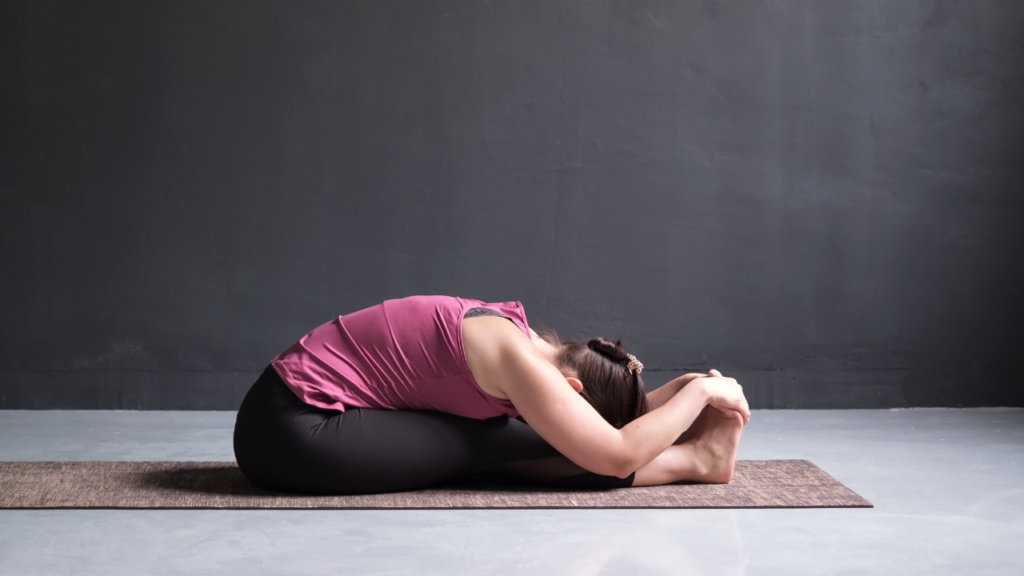
What is a Seated Yoga Pose?
Seated yoga poses are yoga postures where you sit down to do them. These poses are very flexible and work well for both beginners and experienced people. You can do seated yoga poses almost anywhere. They’re great for meditation, stretching, or as a gentle warm-up, which makes them a basic part of many yoga routines.
Benefits of Seated Yoga Poses
- Enhanced Flexibility: Regular practice of seated yoga poses can increase flexibility in the hips, legs, and lower back.
- Improved Posture: Seated positions encourage awareness of body alignment, helping to develop better posture habits.
- Stress Reduction: Seated yoga poses promote relaxation and mindfulness, reducing stress and anxiety levels.
- Strengthened Core: Many seated poses engage the core muscles, contributing to overall body strength.
- Increased Circulation: Practicing seated poses can improve blood circulation, particularly in the lower body.
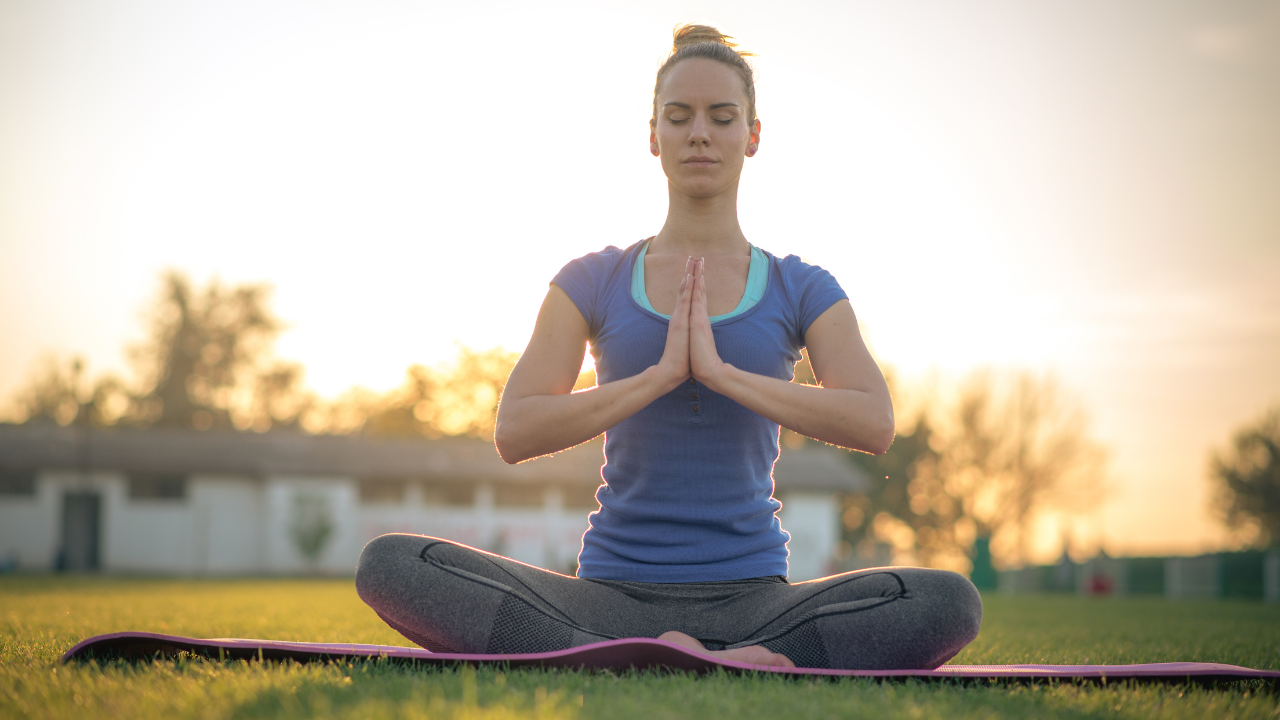
Sukhasana (Easy Pose)
How to Do: Sit cross-legged with your feet tucked under. Keep your spine straight and hands on your knees. Benefits: Calms the mind, improves flexibility in the hips, and promotes relaxation. Contraindications: Avoid if you have knee injuries.
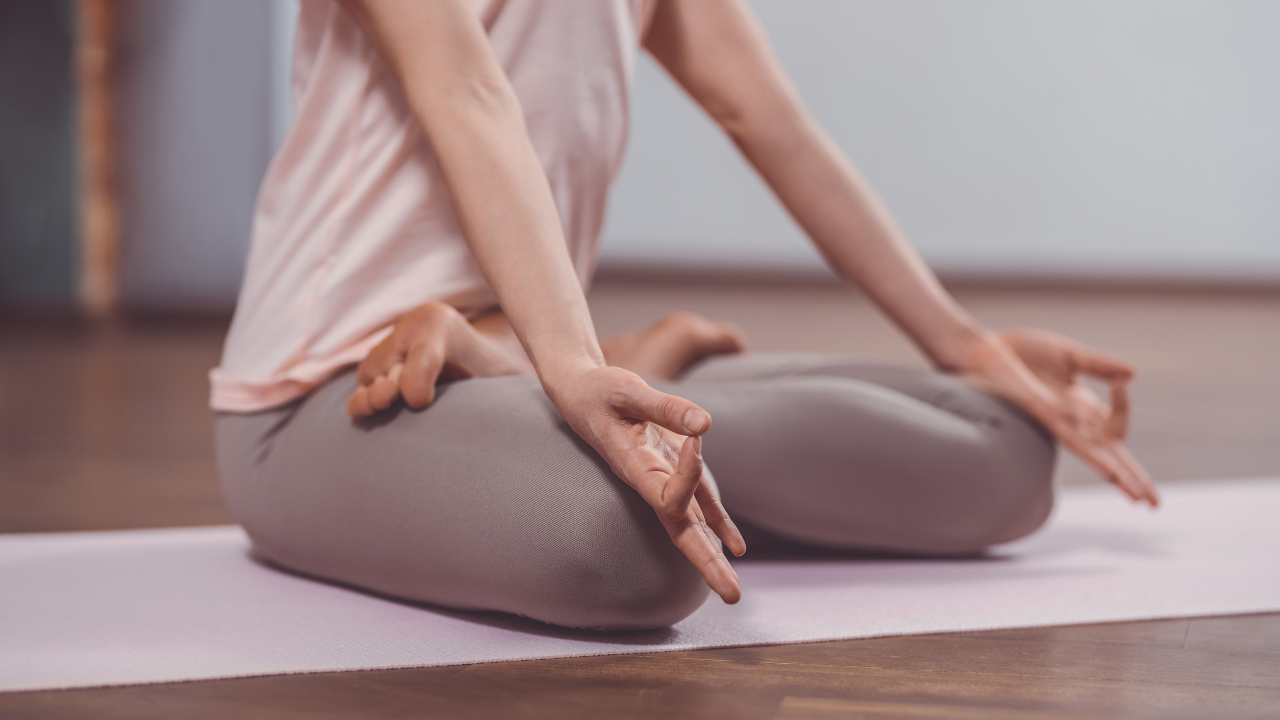
Padmasana (Lotus Pose)
How to Do: Sit with legs crossed and feet resting on the opposite thighs. Keep your back straight and hands in a mudra. Benefits: Enhances meditation, opens the hips, and improves posture. Contraindications: Avoid if you have knee or ankle injuries.
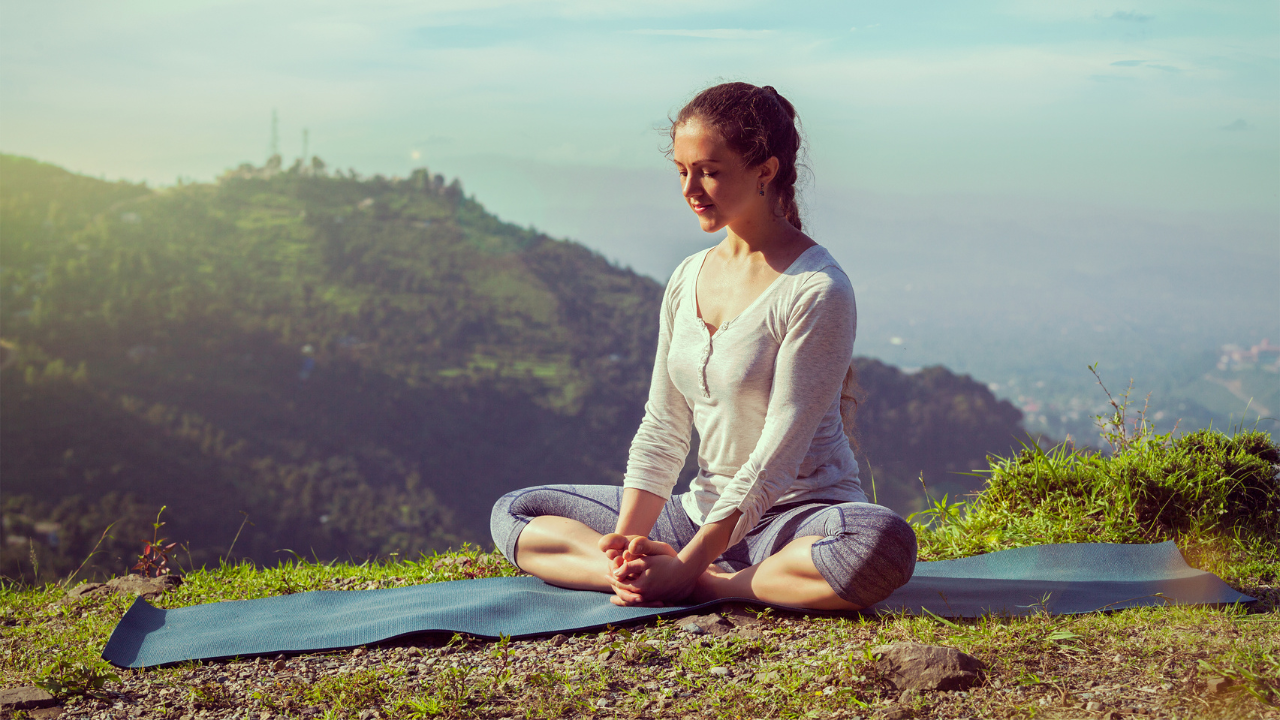
Baddha Konasana (Bound Angle Pose)
How to Do: Sit with the soles of your feet together, allowing your knees to fall outward. Hold your feet with your hands. Benefits: Stretches the inner thighs and groin, improves hip flexibility. Contraindications: Avoid if you have knee injuries.

Dandasana (Staff Pose)
How to Do: Sit with legs extended straight in front of you. Keep your spine straight and hands on the floor beside your hips. Benefits: Strengthens the back and core, improves posture. Contraindications: Avoid if you have lower back pain.
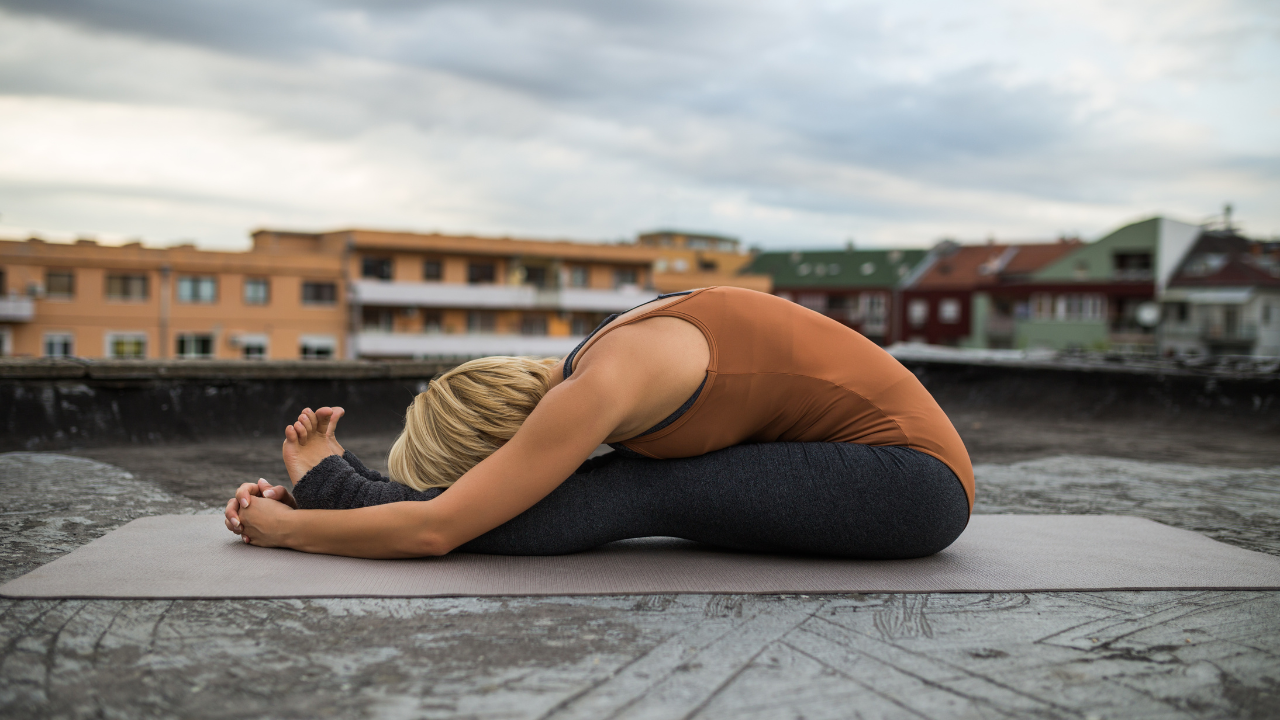
Paschimottanasana (Seated Forward Bend)
How to Do: Sit with legs extended. Inhale, raise your arms, and as you exhale, hinge at the hips to reach for your feet. Benefits: Stretches the hamstrings and spine, calms the mind. Contraindications: Avoid if you have back injuries.
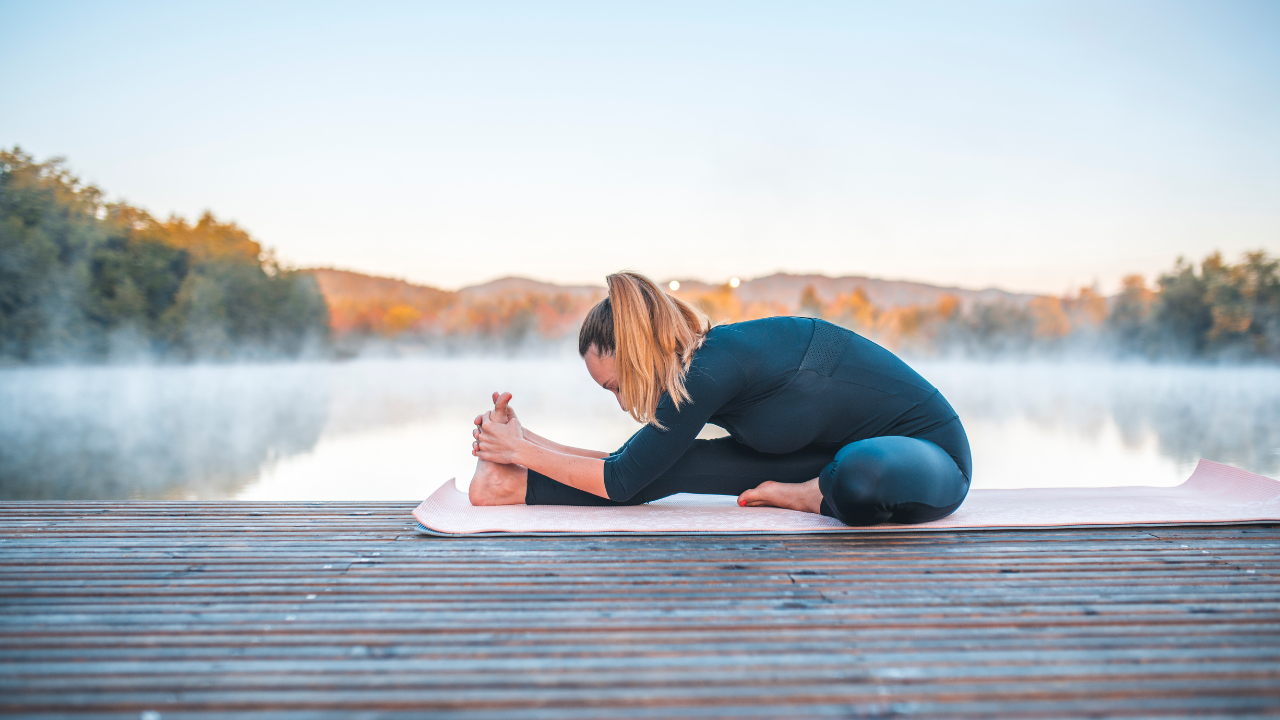
Janushirasana (Head-to-Knee Forward Bend)
How to Do: Sit with one leg extended and the other foot against the inner thigh. Reach forward to grasp the foot of the extended leg. Benefits: Stretches the hamstrings and spine, stimulates digestion. Contraindications: Avoid if you have knee injuries.
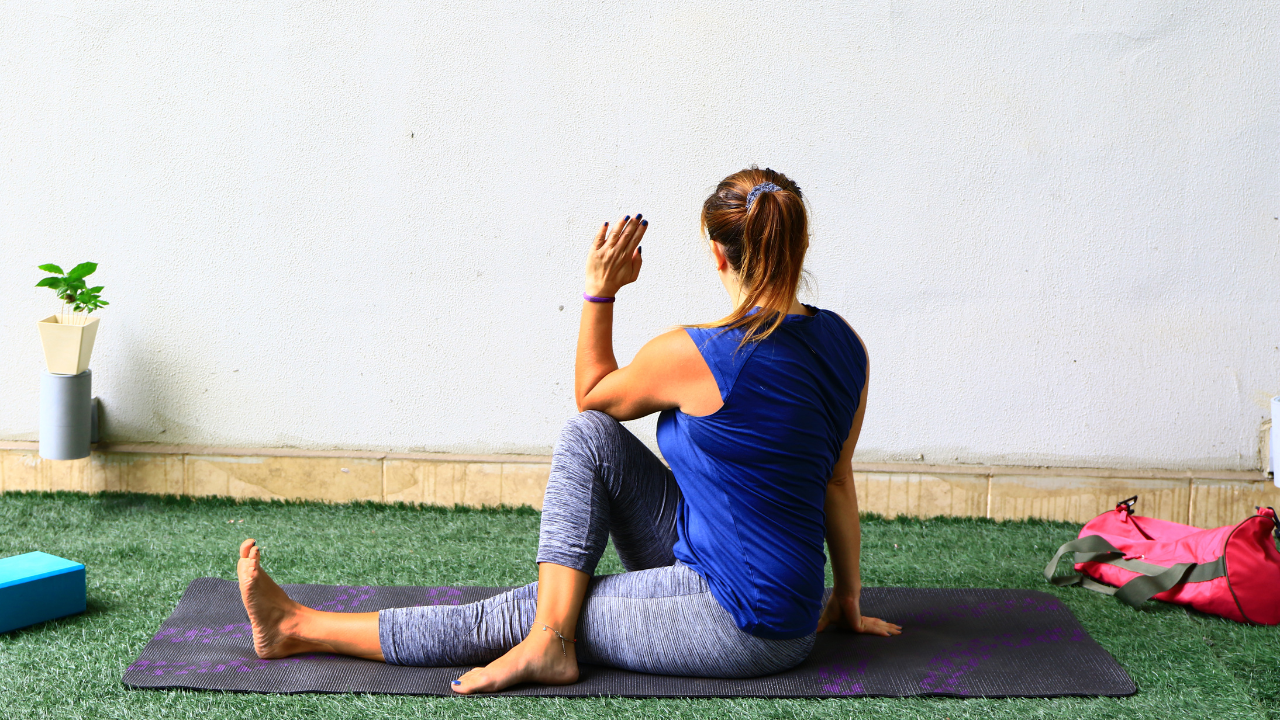
Ardha Matsyendrasana (Half Lord of the Fishes Pose)
How to Do: Sit with one leg extended and the other bent over it. Twist your torso towards the bent knee, using your arm for support. Benefits: Improves spinal flexibility, stimulates digestion, and opens the hips. Contraindications: Avoid if you have back injuries.
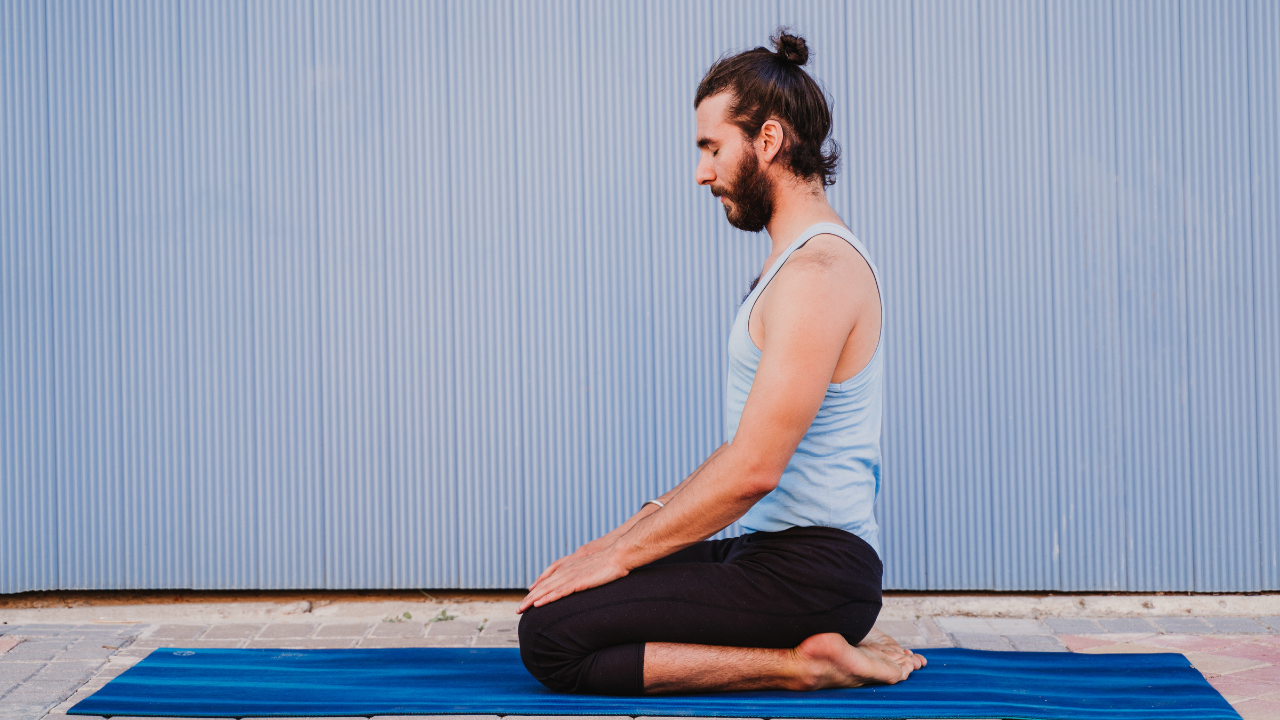
Vajrasana (Thunderbolt Pose)
How to Do: Kneel on the floor with your thighs perpendicular to the ground, and sit back on your heels. Keep your spine straight and your hands on your thighs or in your lap. Benefits: Aids digestion, improves posture, and promotes relaxation. It is also beneficial for meditation. Contraindications: Avoid if you have knee injuries or issues with your ankles.
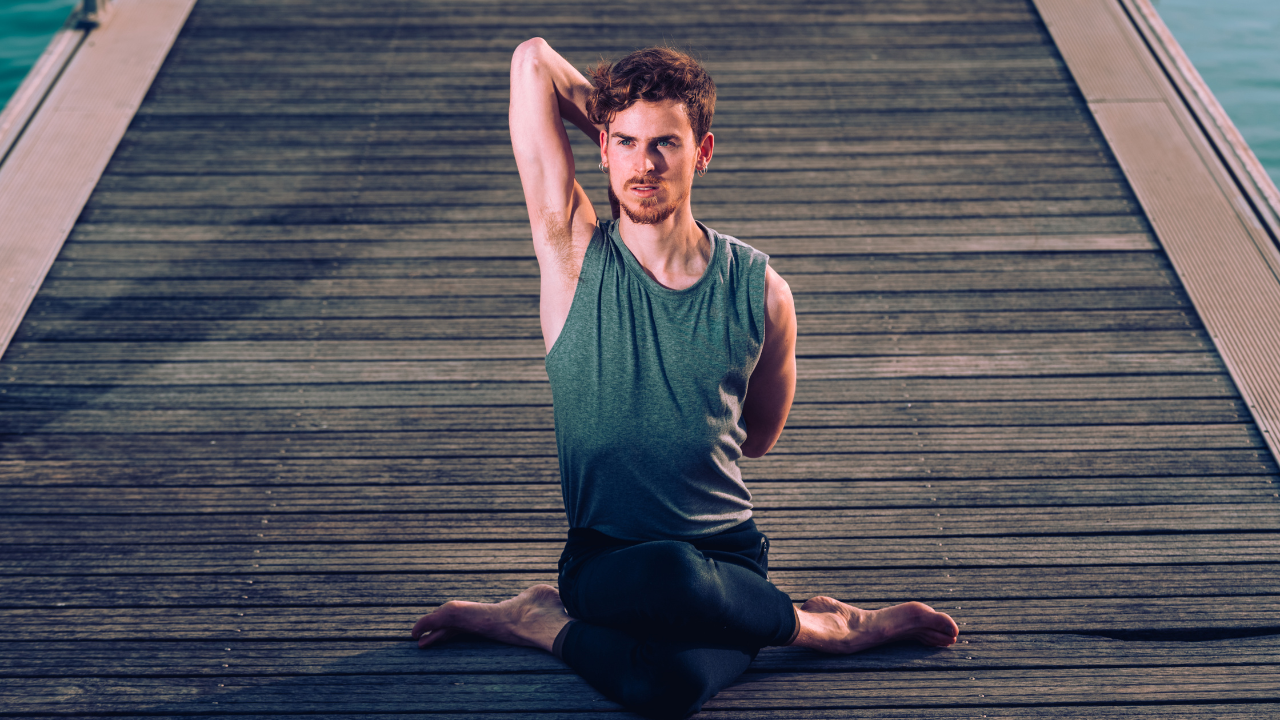
Gomukhasana (Cow Face Pose)
How to Do: Sit with your legs crossed, stacking one knee over the other. Reach one arm up and bend the elbow, while the other arm reaches behind your back to clasp hands. Benefits: Stretches the shoulders, hips, and chest; improves posture and promotes relaxation. Contraindications: Avoid if you have shoulder or knee injuries.
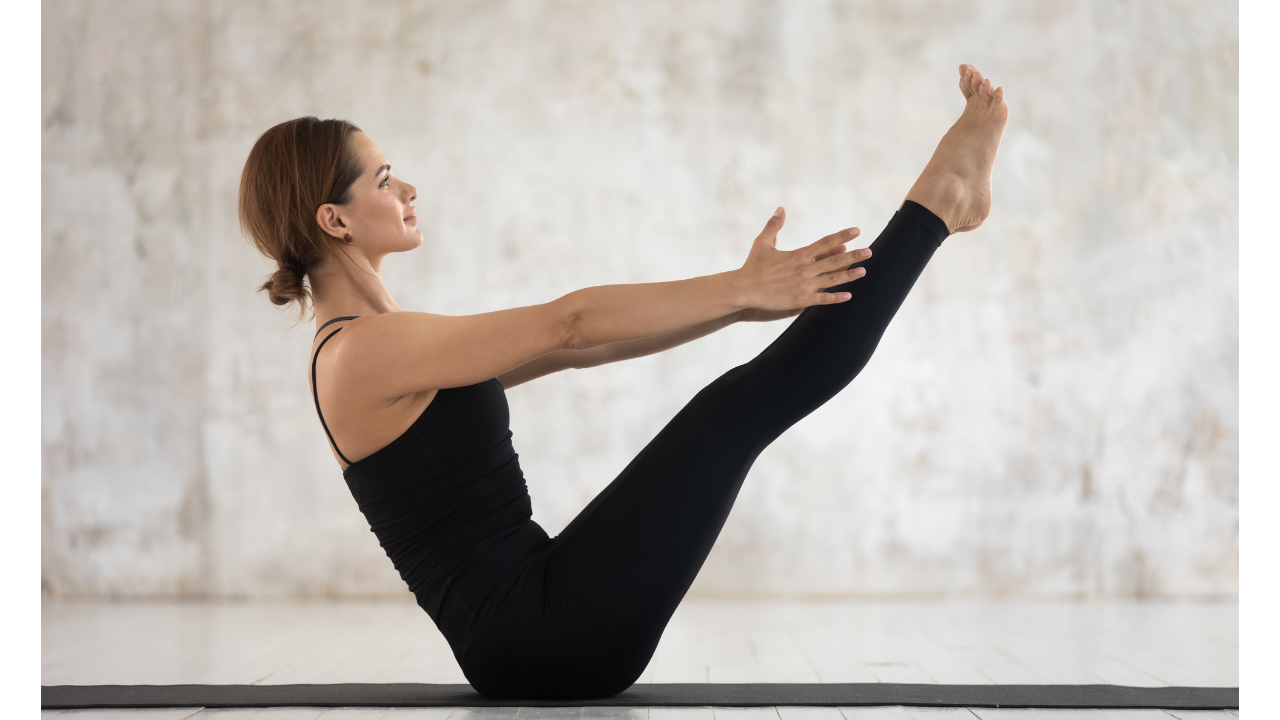
Navasana (Boat Pose)
How to Do: Sit on the floor with your knees bent and feet flat. Lean back slightly, lift your feet off the ground, and extend your legs to form a V-shape. Keep your arms parallel to the floor. Benefits: Strengthens the core, improves balance, and enhances concentration. Contraindications: Avoid if you have back injuries or hip problems.

Upavistha Konasana (Wide-Angle Seated Forward Bend)
How to Do: Sit with legs wide apart. Inhale, lengthen the spine, and as you exhale, hinge forward between the legs. Benefits: Stretches the inner thighs and spine, improves flexibility. Contraindications: Avoid if you have hamstring or back injuries.
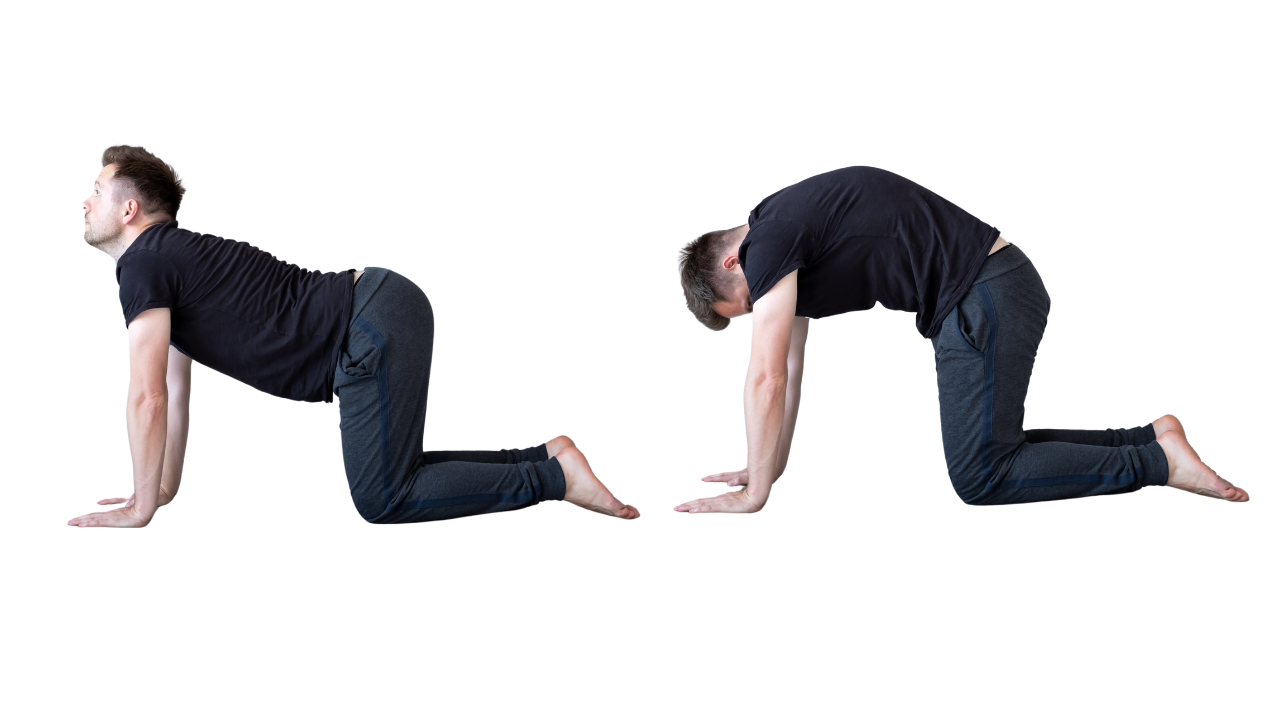
Marjaryasana-Bitilasana (Cat-Cow Pose)
How to Do: Start on your hands and knees in a tabletop position. Inhale as you arch your back (Cow Pose) and lift your head and tailbone. Exhale as you round your spine (Cat Pose), tucking your chin and pelvis. Benefits: Increases spinal flexibility, strengthens the core, and relieves tension in the back and neck. Contraindications: Avoid if you have wrist or neck injuries.
Conclusion
Incorporating seated yoga poses into your routine is a fantastic way to boost your flexibility, strength, and relaxation. These poses offer a variety of benefits, from gentle stretches to energizing twists, helping you feel better both physically and mentally. Whether you’re just starting or have been practicing for a while, these poses can enhance your yoga experience. Just remember to listen to your body, go at your own pace, and reach out to a healthcare professional if you have any concerns or injuries. Enjoy exploring these seated yoga poses, and embrace the calm and strength they can bring to your life!
